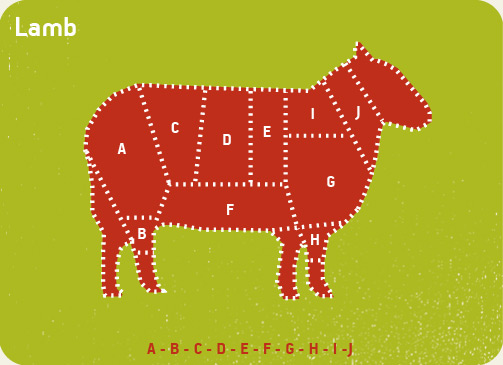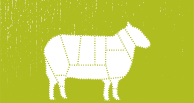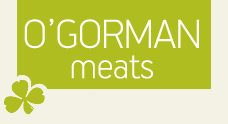Nutritional benefits
of lamb
- No growth hormones are used
- A good source of lean, high quality protein - essential for growth, muscle repair and the regulation of body functions
- A four ounce portion of lamb contains 90% of the amount of potassium found in bananas – potassium is essential for the regulation of body fluids, nerves, heart-beat and blood pressure
- A good source of magnesium, calcium, selenium, zinc and phosphorous
- A good source of B vitamins, particularly B12. B12 is necessary for the formation of red blood cells and nerves. B12 is better absorbed from animal foods than plant food
- More than half the fats in lean lamb are heart healthy monounsaturated and polyunsaturated fats
All nutritional information provided by:
BALANCE, Nutritional and Lifestyle Advice.
Contact on: 086 1203460

B - Shank - Perfect for long, slow cooking with wine, stock vegetables and some strong flavourings.
C - Chump - Equivalent of the rump of beef and makes a nice small roasting joint.
D - Loin - Loin chops are often cut from this piece of meat but can also be used as a good roasting cut. Eye of the Loin can be cut into fillet steaks which can be fried, grilled or barbecued.
E - Rack of Lamb - Best slow cooked in oven but can also be cut into small cutlets for individual use.
F - Breast - A little fatty so best cooked slowly and perhaps stuffed with breadcrumbs, garlic and herbs to add flavour.
G - Shoulder - Tender meat, best bought when boned and rolled, slowly roasting in oven and stuffed before cooking will add to the taste and flavour.
H - Shin - Only used in stews and slow cook recipes.
I - Middle Neck - Filleted neck makes for great stewing meat, but cooking on the bone gives great flavours. Irish stew is the classic dish that uses this cut.
J - Scrag End - Also a tender cut suitable for stews and hot pots, slow cooking needed.





